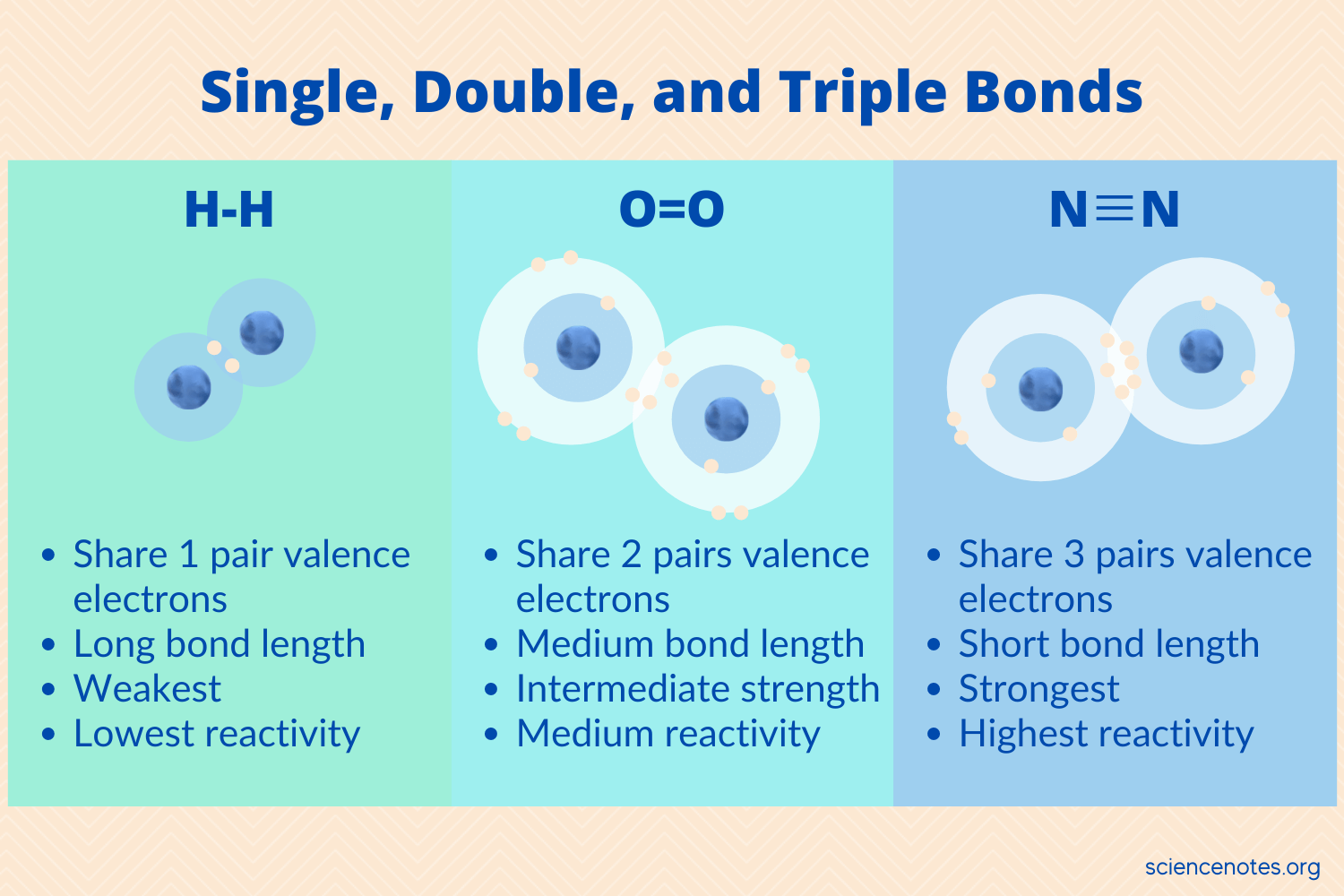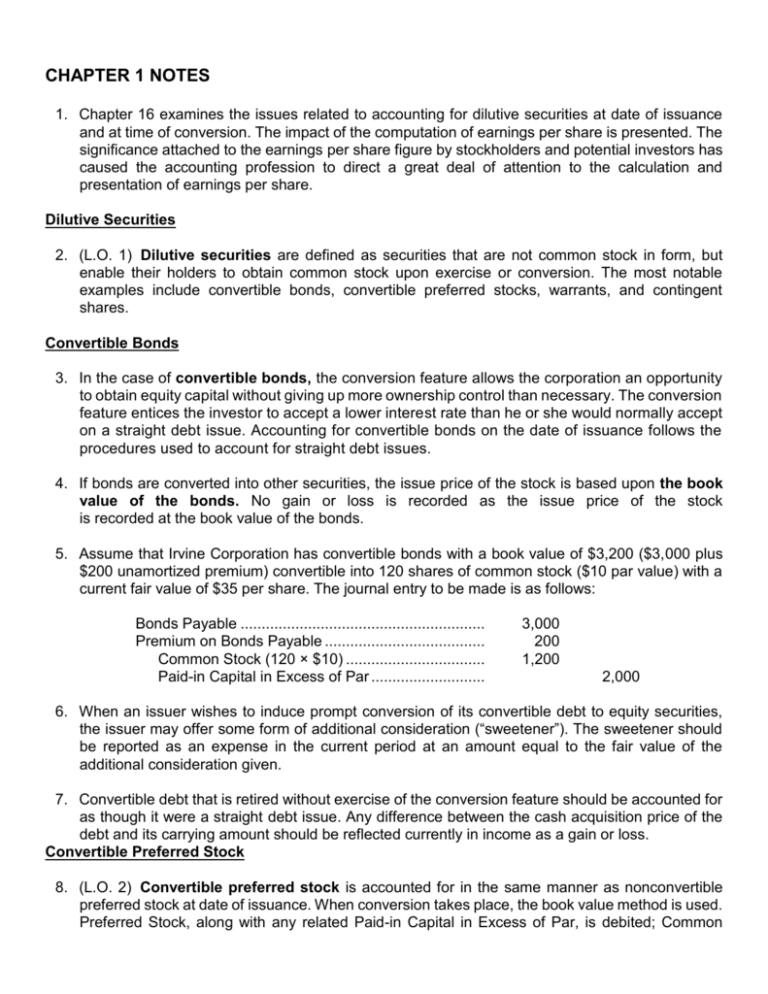Is bonds payable a liability?
Contents
- 1 Is bonds payable a liability?
- 2 How do I buy a government bond?
- 3 Are bonds called notes?
- 4 Which is better stock or bonds?
- 5 Which is better Treasury bills or bonds?

Noncurrent liabilities include bonds, long-term loans, repayable bonds, deferred tax liabilities, long-term lease liabilities and pension liabilities. The part of a liability that is not paid next year is classified as non-current liability.
What are obligations to pay? Bond payments are a form of long-term debt that are usually issued by companies, hospitals and governments. The issuer of bonds makes a formal promise / agreement to pay interest normally every six months (semi-annually) and to pay the principal or maturity amount on a specified date a few years in the future.
What are bond liabilities?
Bond liabilities mean the obligations that the debtors owe to the bond lenders under or in connection with all debt instruments. … Bond Liabilities means any obligations of the Company in the City to the Trustee or any other person under, or arising out of, the Bonds or Bond Financing Documents.
What kind of liability are bonds?
Obligations to pay is a liability account that contains the amount owed to the bondholders of the issuer. This account typically appears in the long-term liabilities section of the balance sheet, as bonds typically mature in more than one year.
Why are bonds liabilities?
As a bond issuer, the company is a lender. As such, the act of issuing the bond incurs a liability. Thus, obligations to pay appear on the liability side of the company balance sheet. Financial statements are key to both financial models and accounting.
How do you calculate bond liabilities?
Key points
- When the bond is sold, the company credits the “payable bonds” liability account with the face value of the bonds. …
- The amortization rate on the discount balance of the bond is calculated by dividing the discount amount by the number of periods that the company has to pay interest.
Is serial bonds payable a current liability?
For serial bonds (bonds and payments), the part paid within a year is considered as current liability; the rest are out of date. The same rule applies to other long-term obligations that are paid in installments.
Is bond interest payable a current liability?
Obligations to pay is classified as current liability because it is paid in the next year. The contractual or stated interest rate is the rate applied to the face (par) to arrive at the amount of interest in a year.
Are serial bonds current liabilities?
Serial obligations are reported on the balance sheet of the bond issuer as long-term liability. Conversely, bondholders report these investments on their balance sheet as current or non-current claims in the assets section.
Is payable a current liability?
Current liabilities are a company’s short-term financial liabilities that fall due within a year or within a normal business cycle. … Examples of current liabilities include paying bills, paying short-term debts, dividends and notes as well as paying income tax.
Is payable a liability or asset?
Payable is considered current liability, not assets, on the balance sheet.
Is Bill Payable an asset or liability?
In the context of personal finance and business bills, paying bills can also refer to liabilities that are still outstanding and therefore need to be paid (such as utility bills or rent). These items are recorded as bills to be paid (AP) and listed as current liabilities on a balance sheet.
Is receivables an asset or liability?
Companies list claims as assets on their balance sheets because it is a legal obligation to pay the customer the debt. In addition, the claims are current assets, which means that the balance of debt is in a year or less.
How do I buy a government bond?

The most common way to buy them is Government Securities Mutual Funds or GILT. When investing in Mutual Funds, you have to pay a cost ratio, which reduces the return to some extent. Mutual Funds invests in GOI Bonds. Investing in Mutual Funds helps to diversify the portfolio.
How much does a government bond cost?
Can you buy government bonds directly?
Treasury bonds can be purchased directly from the Government TreasuryDirect website, or through a brokerage or bank. Treasury bonds are valued by income-seeking investors because they are low-risk and highly liquid; however, they do not pay the highest interest rates.
Can I invest in government bonds directly?
The RBI Retail Direct platform offers the chance to benefit directly from government bonds. Getty Images Government bonds pay interest semi-annually or annually. The government has recently launched a platform – RBI Retail Direct Gilt Account – which allows investors to buy and sell government securities only.
How do I buy a 10 year Treasury bond?
The US Treasury sells 10-year T-notes and notes of shorter maturities, as well as T-bills and bonds, directly through the TreasuryDirect website on competitive or non-competitive offers, with a minimum purchase of $ 100 and in $ 100 increments . They can also be purchased indirectly through a bank or broker.
Can you purchase Treasury bonds without a broker?
Directly from the US Government: The Federal Government has set up a program on the Treasury Direct website so that investors can buy government bonds directly without paying a tax to a broker or other intermediary.
How do you buy government bonds?
The most common way to buy them is Government Securities Mutual Funds or GILT. When investing in Mutual Funds, you have to pay a cost ratio, which reduces the return to some extent. Mutual Funds invests in GOI Bonds.
How much does it cost to buy government bonds?
You pay the face value. For example, a $ 50 EE bond costs $ 50. EE bonds come in any amount on the penny for $ 25 or more. For example, you could buy a $ 50.23 bond.
How much does a $100 savings bond cost?
You can purchase EE savings bonds through banks and other financial institutions, or through the US Treasury’s TreasuryDirect website. The bonds, now issued in electronic form, are sold for half the face value; for example, you pay $ 50 for a $ 100 bond.
Can I buy government bonds at the bank?
They are issued for a period of 20 years or 30 years. You can buy Treasury bonds from us at TreasuryDirect. You can also buy them through a bank or broker.
Can you buy Treasury bills at a bank?
You can purchase invoices from us at TreasuryDirect. You can also buy them through a bank or broker. (We no longer sell invoices in Legacy Treasury Direct, which we cover.) You can hold an invoice until it matures or sell it before it matures.
How do I buy a 10 year Treasury bond?
The US Treasury sells 10-year T-notes and notes of shorter maturities, as well as T-bills and bonds, directly through the TreasuryDirect website on competitive or non-competitive offers, with a minimum purchase of $ 100 and in $ 100 increments . They can also be purchased indirectly through a bank or broker.
Are bonds called notes?

Treasury bills, treasury bills, and treasury bills are all government-issued fixed-income securities that are considered safe and secure. … T-notes mature somewhere between two and 10 years, with two-year interest payments, but less returns.
What are bond invoices and notes? Treasury bills, notes, and bonds are fixed-income investments issued by the U.S. Department of the Treasury. They are the safest investments in the world since the US government guaranteed them. This small risk means that they have the lowest interest rates of any fixed income security.
Are bonds considered notes?
Notes vs. Bonds The difference between notes and bonds is that notes are not always considered securities, but bonds are always considered securities. Debts with shorter terms are generally considered as treasury costs. On the other hand, bonds are long-term debt.
Are bonds notes?
Notes are similar to bonds but typically have an earlier maturity date than other debt securities, such as bonds. For example, a note can pay an interest rate of 2% per annum and mature in a year or less. A bond could offer a higher interest rate and mature a few years from now.
Are Treasury notes the same as bonds?
Treasury bills are short-term debts incurred by the federal government that mature within a year of purchase. Bonds, on the other hand, come in a number of variations and typically come with much longer maturity periods.
What is the difference between bonds and notes payable?
Bonds and notes to pay are both types of loan. Bonds are usually treated as securities and can usually be bought and sold, similar to stocks and other securities. Paid notes are more than traditional loans and are not always considered legal securities, depending on the exact terms.
Are Treasury notes the same as bonds?
Treasury bills are short-term debts incurred by the federal government that mature within a year of purchase. Bonds, on the other hand, come in a number of variations and typically come with much longer maturity periods.
Is a Treasury note a bond?
Treasury bills, treasury bills, and treasury bills are all government-issued fixed-income securities that are considered safe and secure. T-bonds mature in 30 years and offer investors the highest two-year interest rates. … T-bills have the shortest maturity conditions – from four weeks to a year.
What is the difference between a Treasury note and a Treasury bond?
Treasury notes and bonds are securities that pay a fixed interest rate every six months until the security matures, that is when the treasury pays the par value. The only difference between them is their length to maturity.
Which is better Treasury bills or bonds?
Treasury maturities mature in one year or less while treasury bonds mature over 10 years. Return on investment is low in treasury instruments due to a shorter maturity period before return on investment is higher in treasury costs due to a longer maturity period.
Which is better stock or bonds?

Bonds are safer for a reason⎯ You can expect a lower return on your investment. Stocks, on the other hand, typically combine a degree of unpredictability in the short term, with the potential for a better return on your investment. … a 5-6% yield on long-term government bonds.
Are bonds safer than stocks? Bonds tend to be less volatile and less risky than stocks, and if held to maturity, can offer more stable and consistent returns. Interest rates on bonds often tend to be higher than savings rates at banks, CDs or money market accounts.
Why is stock better than bond?
Shares are essentially partial property rights in the company that entitle the shareholder to share the income that arises and accrues. … Stocks have historically delivered higher returns than bonds, as there is a greater risk that if the company fails, all of the shareholders’ investments will be lost.
Where can I put my money if I want to invest it?
Here are some of the best short term investments to consider that will still offer you a return.
- High-yield savings accounts. …
- Short-term corporate bond funds. …
- Money market accounts. …
- Cash Management Accounts. …
- Short-term US government bond funds. …
- No-penalty certificates of deposit. …
- Treasury. …
- Money market mutual funds.
Which is a better investment invest in a stock or on bonds Why?
Equities offer the potential for higher returns than bonds but also come with higher risks. Bonds generally offer fairly reliable returns and are better for risk-averse investors.
Is it safer to invest in stock than bonds?
Due to the volatile nature of the stock market, there is no guarantee of profit. The stock market is considered as the more risky option for first time investors, but it has the potential for higher returns than other investments in the bond market. After all, the higher the risk, the higher the reward.
Are stocks or bonds better right now?
US Treasury bonds are generally more stable than stocks in the short term, but this lower risk usually translates to lower returns, as mentioned above. Treasury securities, such as government bonds and bills, are virtually risk-free because these instruments are backed by the US government.
Are bonds safer than stocks right now?
Risk: Bonds are generally considered to be less risky than equities, although no asset class is risk-free. “Bond houses are higher in the peck order than shareholders, so when the company goes bankrupt, bond houses get their money back in front of shareholders,” Wacek says.
Are bonds safe if the market crashes?
Buying bonds during a market crash Government bonds are generally considered to be the safest investment, although they are crucially unsexy and usually offer weak returns compared to stocks and even other bonds.
Are bonds a good investment in 2020?
Treasury bonds can be a good investment for those looking for security and a fixed interest rate that is paid half a year until the maturity of the bond. Bonds are an important part of the asset allocation of an investment portfolio, as the constant yield of bonds helps to offset the volatility of stock prices.
Which is better Treasury bills or bonds?

Treasury maturities mature in one year or less while treasury bonds mature over 10 years. Return on investment is low in treasury instruments due to a shorter maturity period before return on investment is higher in treasury costs due to a longer maturity period.
Are treasures worth buying? T-bills are one of the safest investments, but their return is low compared to most other investments. When deciding whether T-bills are a good fit for a retirement portfolio, opportunity costs and risk need to be considered. In general, T-bills may be appropriate for investors who are close to or retired.
What is the difference between a Treasury bill and a bond?
The key difference between the two is the amount of time it takes for everyone to mature. While treasury bonds are considered long-term debt matures 30 years after they are sold, treasury bonds are short-term securities that mature within a year and pay lower interest rates than T bonds.
What is Treasury bond example?
Treasury Securities & Programmer
- Treasury costs. Treasury costs are short-term state assets with maturities ranging from a few days to 52 weeks. …
- Treasury Notes. …
- Treasury bonds. …
- Treasury Inflation-Protected Securities (TIPS) …
- Series I savings bonds. …
- Series EE savings bonds.
What are Treasury bonds currently paying?
The composite rate for I bonds issued from November 2021 to April 2022 is 7.12 percent. This rate applies for the first six months you have the obligation.
What is a Treasury bond and how does it work?
Treasury notes and bonds are securities that pay a fixed interest rate every six months until the security matures, that is when the treasury pays the par value. The only difference between them is their length to maturity. Treasury notes mature for more than one year, but not more than 10 years from the date of issue.
Can you lose money on Treasury bills?
Treasury bonds are considered risk-free assets, which means that there is no risk of the investor losing their principal. In other words, investors who hold the bond to maturity are guaranteed their principal or initial investment.
Are Treasury bills less risky?
Most often, either the current tax expense, or T-bill, rate, or long-term government bond yield is used as a risk-free rate. T-bills are considered almost free of standard risk because they are fully supported by the US government.
Can bonds lose money?
Bonds are often considered less risky than stocks – and for the most part they are – but that does not mean you can not lose money with bonds. Bond prices fall when interest rates rise, when the issuer experiences a negative credit event, or when market liquidity dries up.
What is the risk of Treasury bills?
So, the risks of investing in T-bonds are opportunity risks. That is, the investor might have gotten a better return elsewhere, and only time will tell. The dangers lie in three areas: inflation, interest rate risk and opportunity costs.
Are bonds better than Treasury bills?
T-bonds mature in 30 years and offer investors the highest two-year interest rates. T-notes mature anywhere between two and 10 years, with bi-annual interest payments but less payouts. T-bills have the shortest maturity conditions – from four weeks to a year.
Are bonds safe if the market crashes?
Buying bonds during a market crash Government bonds are generally considered to be the safest investment, although they are crucially unsexy and usually offer weak returns compared to stocks and even other bonds.
What is the difference between a Treasury bill and a bond?
The main difference between the two is the mature term. While treasury expenditures have maturities of up to 1 year, government bonds are investment instruments that have maturities of more than 1 year. When you wait for the ripeness, you get your head back with its interest.
